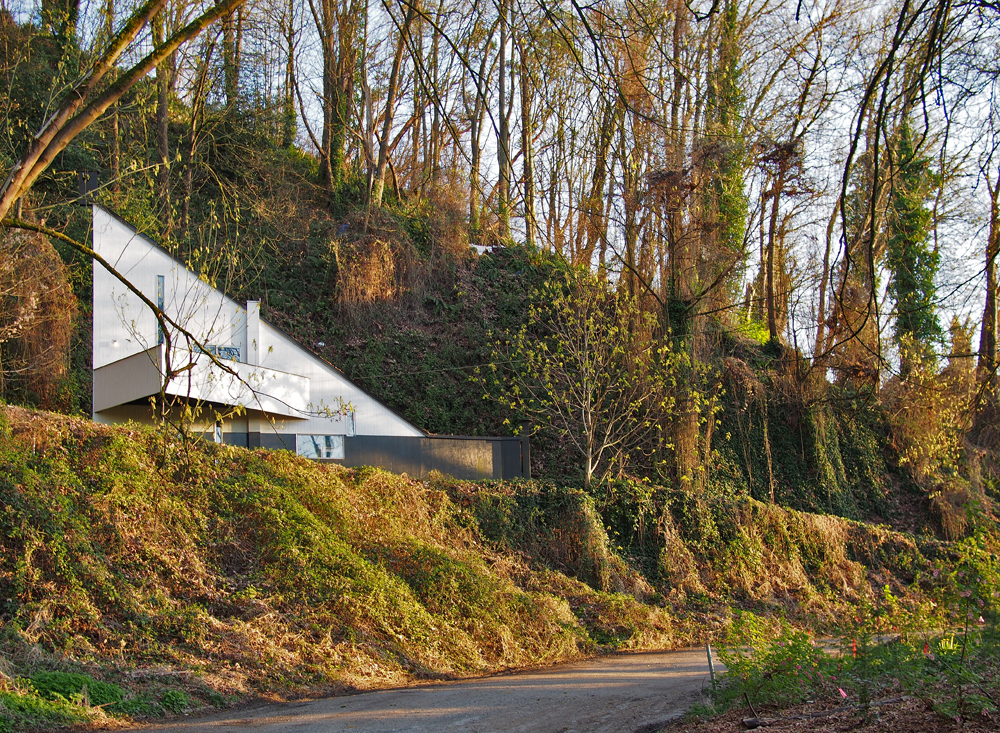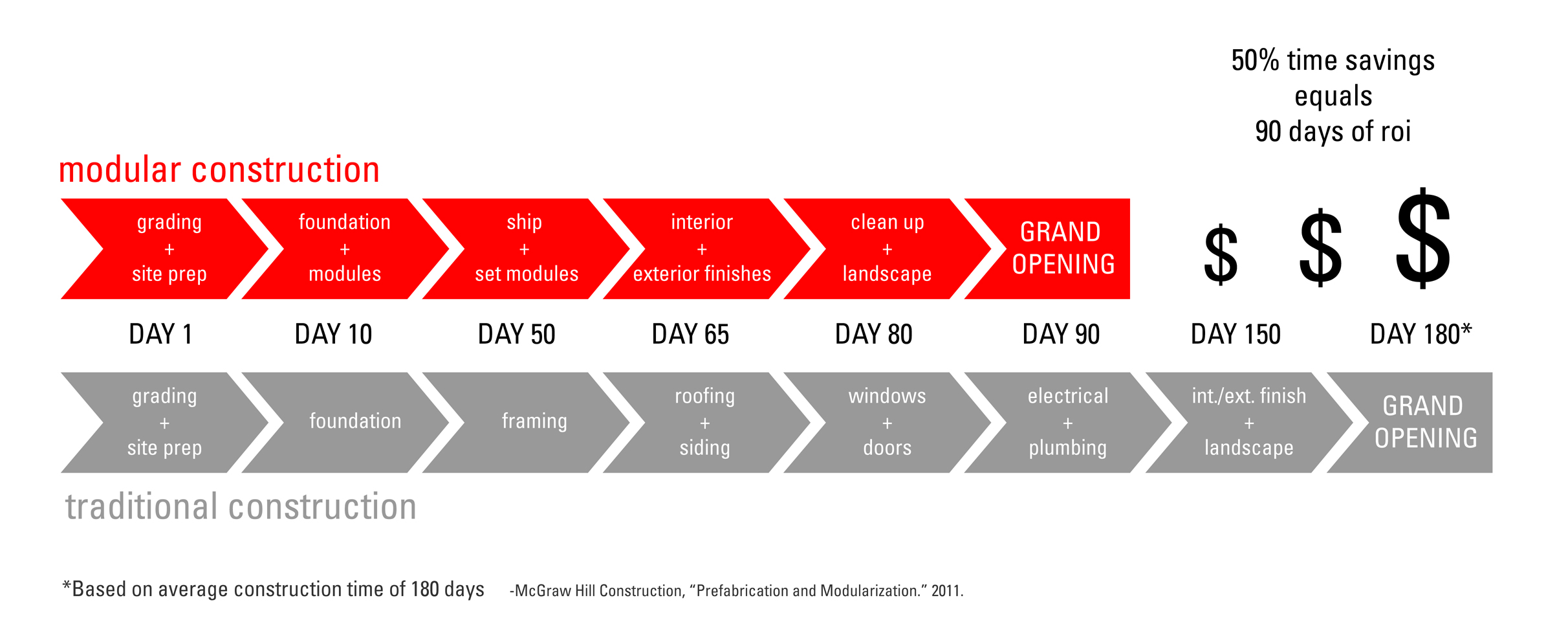As townhomes, the stacking of units creates a fairly straightforward connection (or marriage) of modules with similarly straightforward wall and floor/ceiling assemblies; however, transition between the floors (namely at the stairs) had to be increased due to the redundant structure in the floor/ceiling assembly which resulted in lower ceiling heights than typically desired. The flats were not limited in ceiling height and the floor/ceiling assembly still posed some challenges relative to the sound transmission and impact noise. In addition, the marriage line required some attention in the detailing since there were openings between modules. This was not an issue at all with the Townhomes since the connection between modules was only vertical. However, the marriage line at the stair between upper and lower modules will be carefully reviewed during the “button up” phase [4].
Many owners assume incorrectly that modular inherently means a savings in construction cost. As one modular vendor aptly described, modular construction uses the same lumber and drywall that a site –built project requires. The deliveries that occur to a job site still take place, just at a factory leading to basic materials costs which are more or less the same as traditional site-built construction. It is true that the working conditions in a factory are much more efficient and result in lower material spoilage and waste, yet any cost savings in labor are offset by the fact that the modules are over-engineered to withstand the structural impacts of transport and lifting by crane. In fact, there is almost double the wood framing in a modular construction project than typical site-built project, making the modules very structurally robust. So it is not feasible that the costs would be less. Now if there were some economies of scale (not as significant on an 18-unit project), there is the possibility for the overall cost per square foot of the modules to come down significantly.
Where the potential cost savings lie are in the construction interest carry. For any developer of affordable housing, the ability to reduce the amount of interest paid means that there are more funds available for higher quality, durable finishes or a play structure for the children who will live in the project, or the staff time to provide supportive services for the residents.























